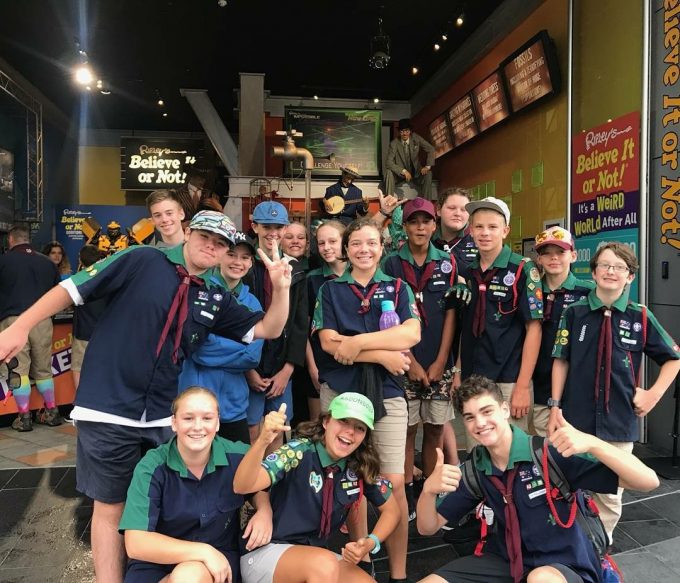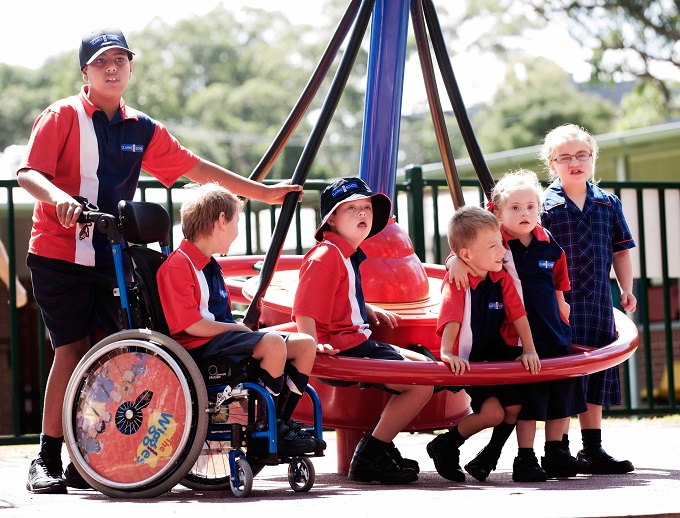Calls for a nationwide approach to tackling bullying

With the prevalence of cyberbullying in which victims now face attack through social media 24 hours a day, the message is clear that schools need an elevated level of backing from authorities and the community in order to create a next-level solution. Cyberbullying is something that didn’t exist for previous generations, and it all adds up to paint a nasty picture. One that we should recognise adults cannot fully relate to: schoolchildren now face types of humiliation online that did not exist five, 10 or 20 years ago. The internet has created a whole new genre of bullying, so how can schools get to the root of the issue and help students avoid becoming a statistic?
Some measures have already been introduced at a national level to specifically deal with cyberbullying including a complaints service for young people through the office of the eSafety commissioner but such initiatives often don’t trickle down to the child in the playground.
The launch of public campaigns certainly galvanises the community, while hosting antibullying days at schools acts a cyclic reminder.
The federal government’s Bully. No way! website is a good starting point for schools and provides resources for educators, parents, students, the community and school leaders on all aspects of bullying, including lesson plans, research, advice and information on services.
However, when it comes to all aspects of government and society working together, there is “no single universal anti-bullying approach”, leaving decisions largely up to each individual school on what initiatives to employ.
Talking is critical as a way to help children speak out about and against bullying, as well as understand what it looks like, where it comes from and learn how they can deal with the emotions involved. Talking, in general, is also a good way to build bonds amongst students. Lunchtimes can be scary for children with social anxiety or fears about bullying but if schools work on creating opportunities for socialisation amongst small groups of children during the day or outside school-hours this might be a way to help build a strong peer-group bond.
Most schools do have antibullying policies and procedures in place, with clear steps for teachers to follow if bullying does happen. But it can be difficult to spot in the early stages and know when to step in. Badly managed bullying behaviour impacts the whole school community and can have detrimental effects on health, wellbeing, and learning. Remember, both the target and initiator of bullying are at increased risk of tragic consequences and not all kids are vocal about the level of bullying they experience.
Antibullying strategies that have been proven to work include:
- a universal whole-school approach over a long duration that takes a multi-faceted approach
- an increased awareness of bullying in the school community through assemblies, focus days and student-owned plans and activities
- a whole-school detailed policy that addresses bullying
- effective classroom management and classroom rules
- the promotion of a positive school environment that provides safety, security and support for students and promotes positive relationships and student wellbeing
- consistent, non-hostile and non-punitive behaviour management methods.
- Encouraging students to respond negatively to bullying behaviour and support students who are bullied.
Strategies that have been proven less effective include:
- zero tolerance and ‘get tough’ suspensions and exclusions
- rigid control of student behaviour
- belief that students must receive punitive and negative consequences in all cases
- increased security measures
- unfair and inconsistent use of discipline
- punishment without support.
Some anti-bullying initiatives for schools:
Bully Zero
Bully Zero Australia Foundation delivers evidence-based antibullying programs to schools nationally as it aims for zero tolerance of bullying in Australia.
The not-for-profit charity was launched by Prime Minister Julia Gillard in 2013 and founded in response to suicides from bullying.
Its commitment includes raising awareness of bullying and empowering Australians to prevent it from happening.
“We say bullying is a behaviour that is learnt – you’re not born a bully – and you can unlearn it,” says Bully Zero chief operating officer Michelle Murray.
“We stand united in our quest to create a tomorrow where our children and adolescents live fulfilling lives free from all forms of bullying.”
Bully Zero provides tailored programs to schools nationally, with separate programs for students, teachers and parents delivered by university-qualified teachers.
Bully Zero is also a certified provider of a cyber safety program endorsed by the Office of the Children’s eSafety Commissioner and is one of the only organisations in Australia that continues to deliver the cyber safety prevention program nationally.
Ripleys Believe It or Not!
Ripleys Believe It or Not! has launched an antibullying program to educate and inspire young people about diversity.
The Gold Coast-based attraction has an interactive collection of 400 unique and bizarre artefacts from around the world and highlights incredible characters who really lived such as the world’s tallest man.
The new Odd Is In educational school visit includes a tour of the museum plus free downloadable antibullying lessons and activities to help children accept and celebrate people from all walks of life.
Ripleys Believe It or Not! general manager Lisa Tucker explains that the founder, Robert Ripley (1890 to 1949), spent 35 years searching the world for unbelievable stories.
“Robert Ripley celebrated the fact that everyone is different and he was so curious rather than shocked,” she says.
“Our entire company is founded on the principle that all people are created equal and deserve to be treated as such.”
The Odd is In school lesson plans and activities examine types of bullying such as physical, verbal and cyberbullying and how to deal with bullying.
The program also celebrates unique people such as Robert Wadlow, the tallest man in history (2.72m) and Ching Foo who was born with a blue face.
.







